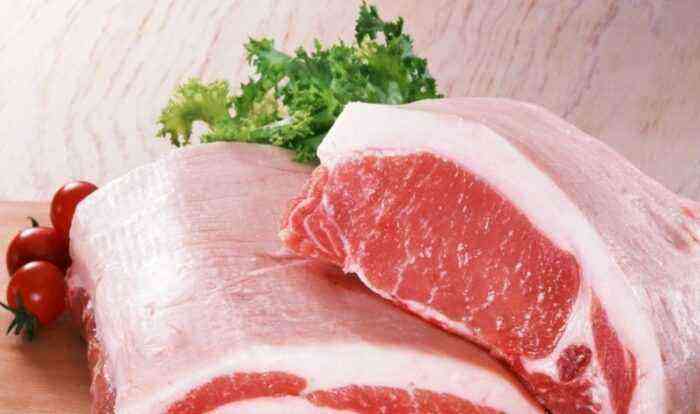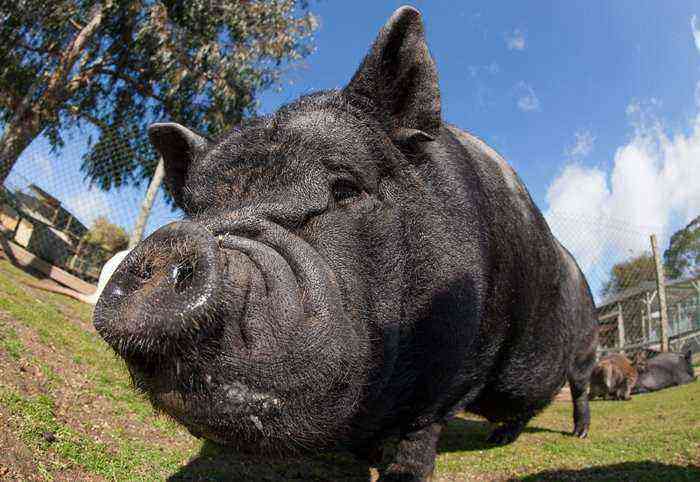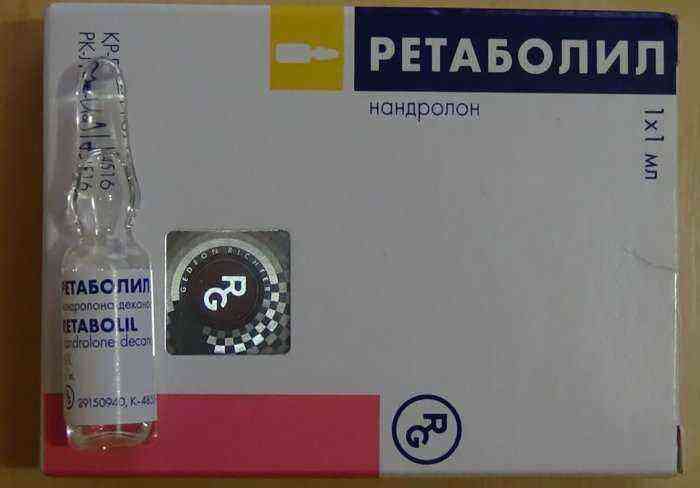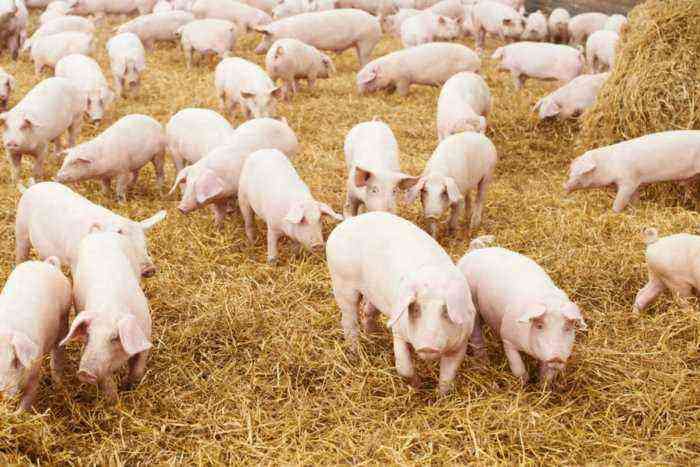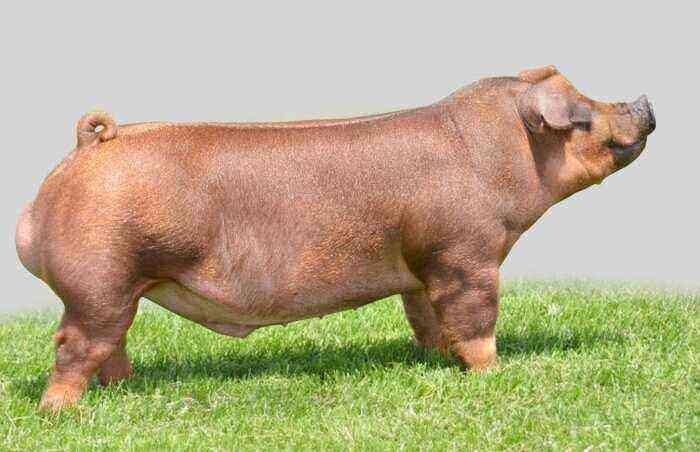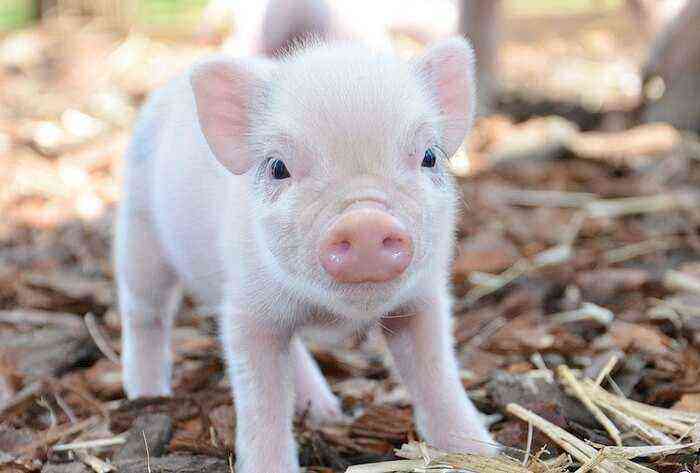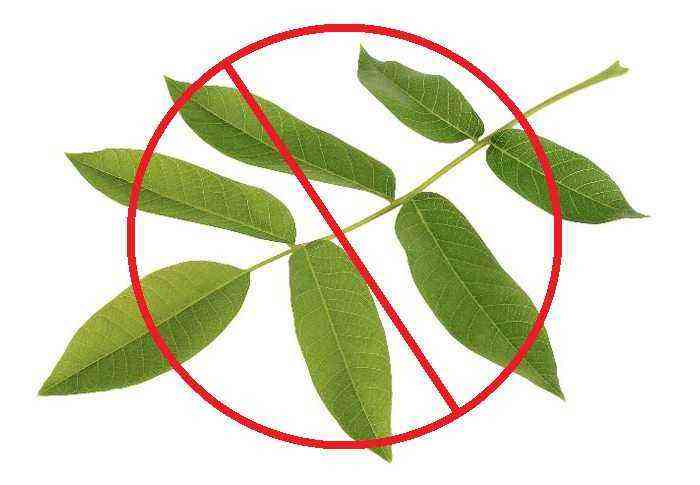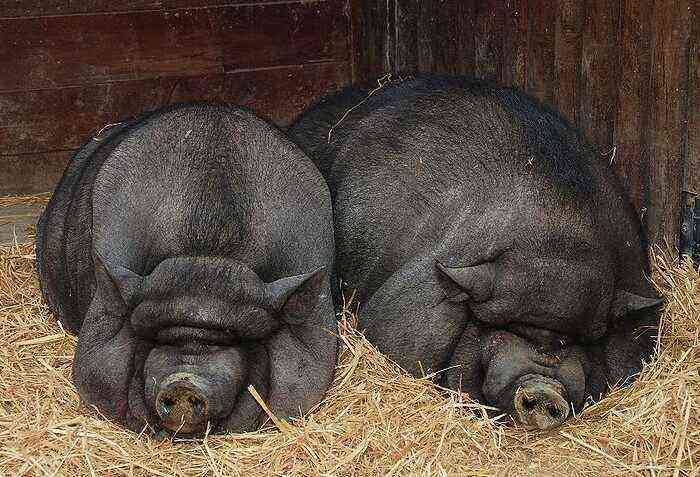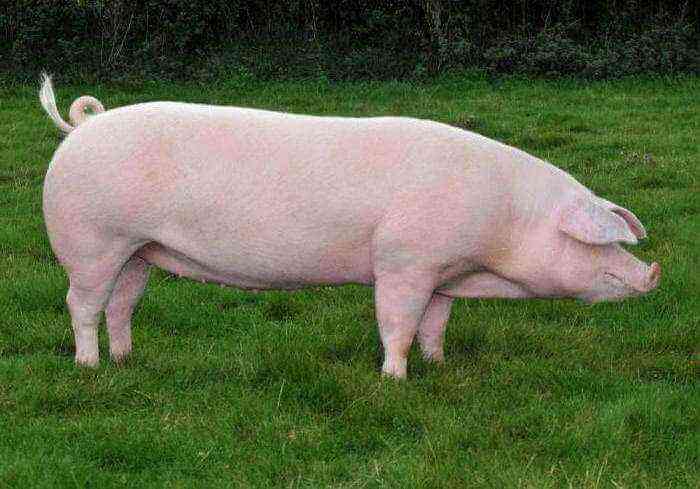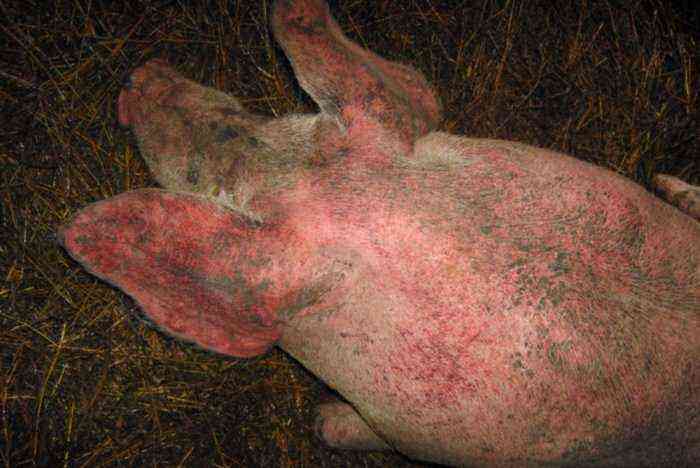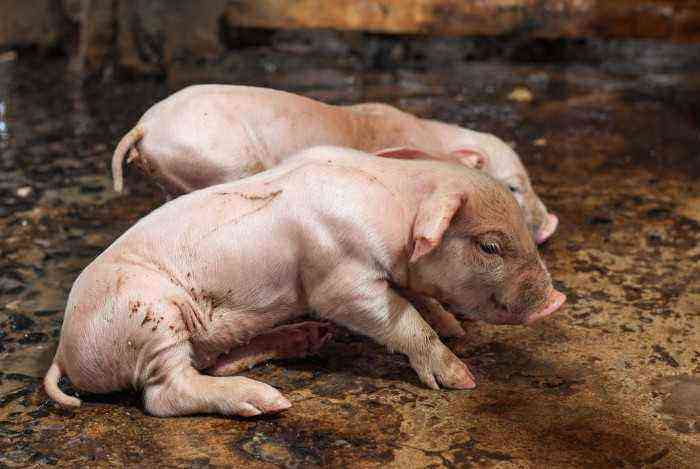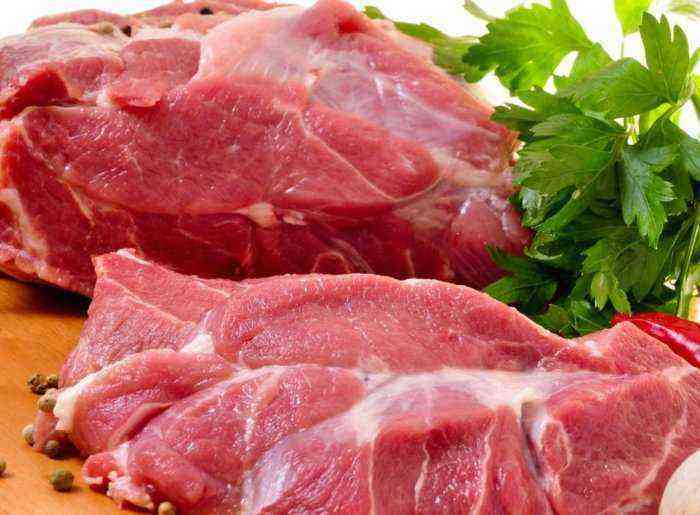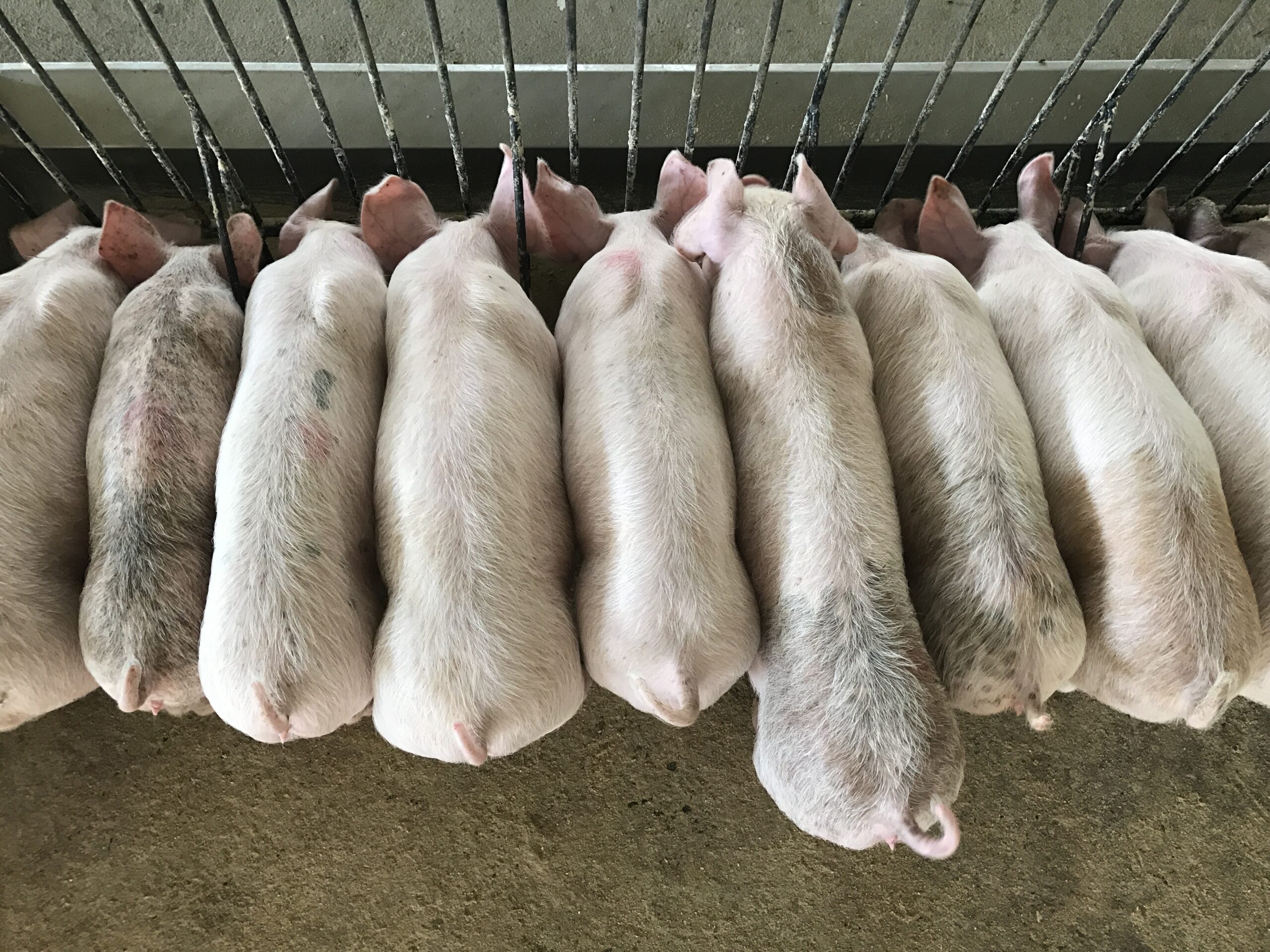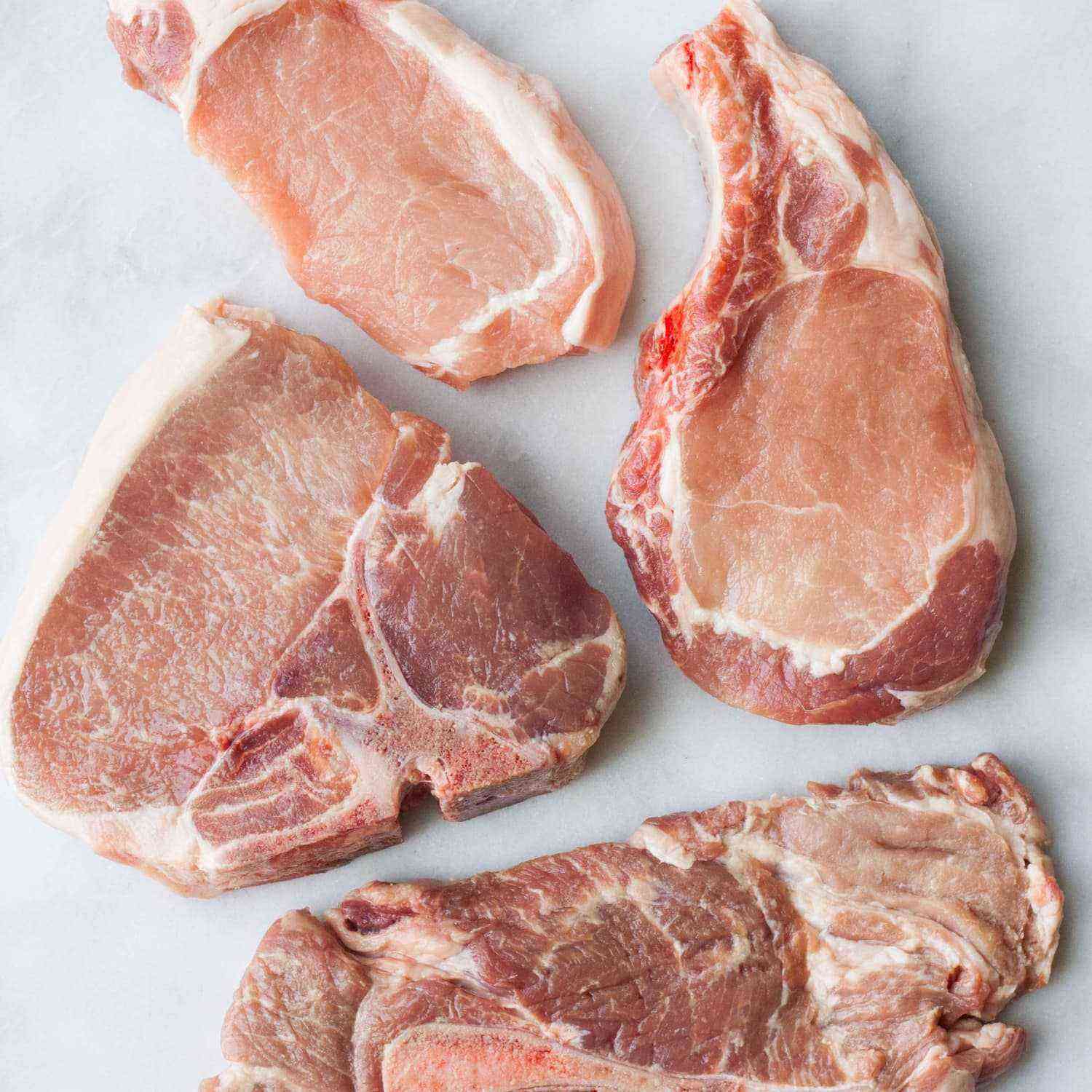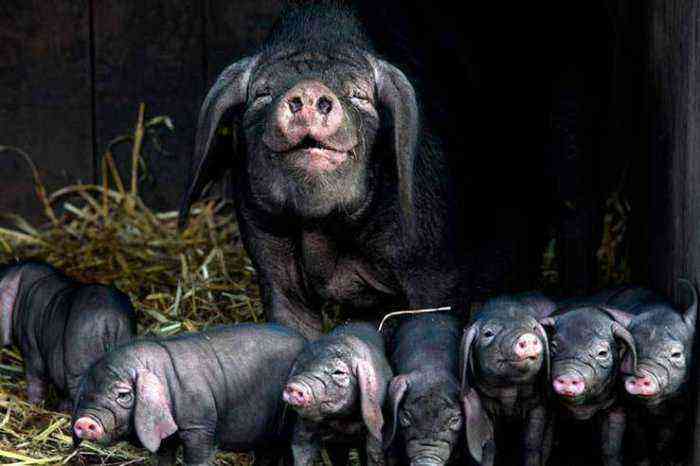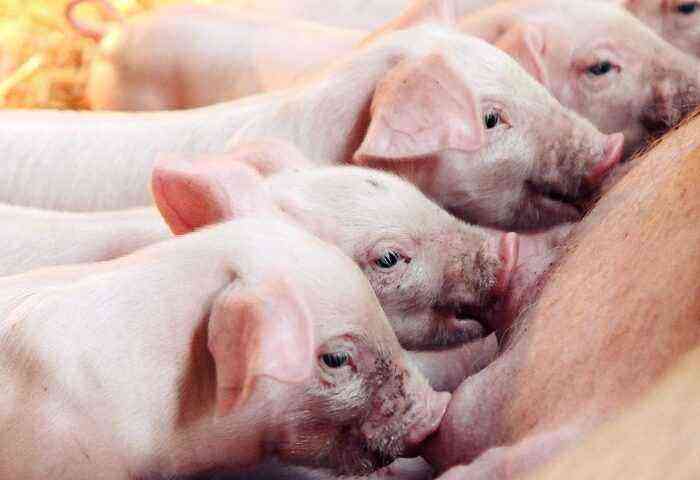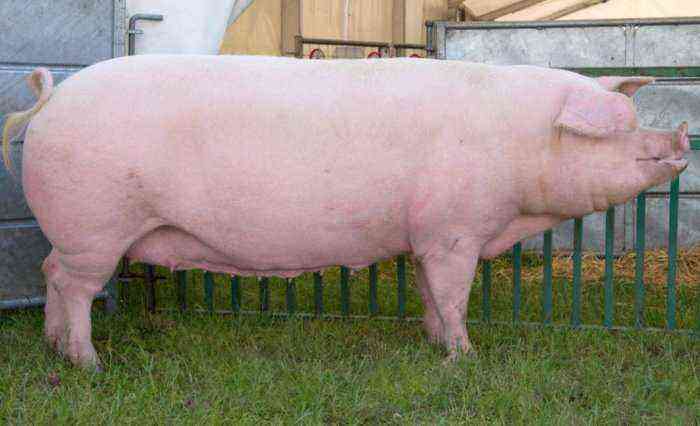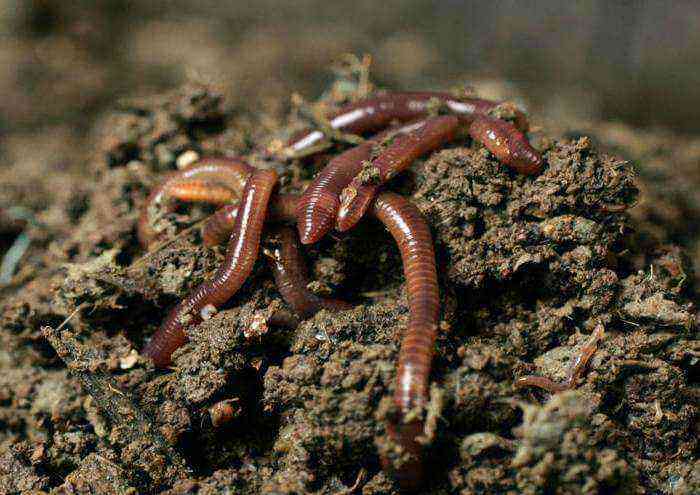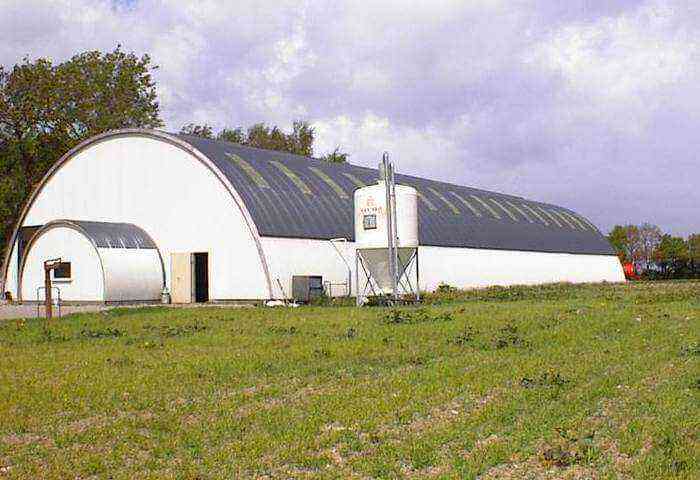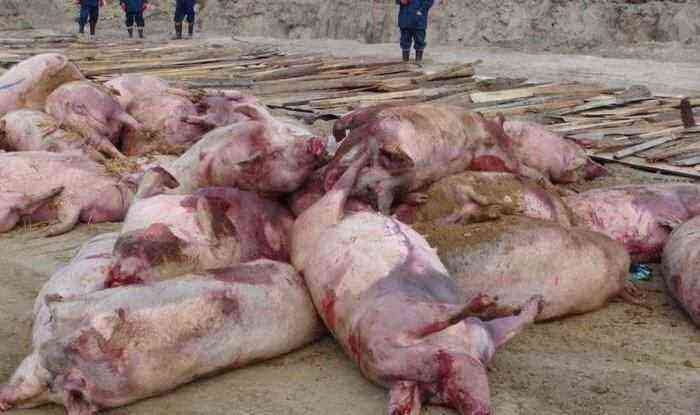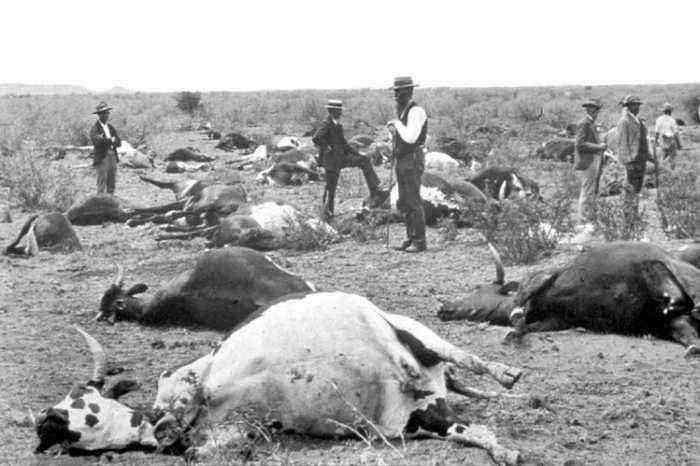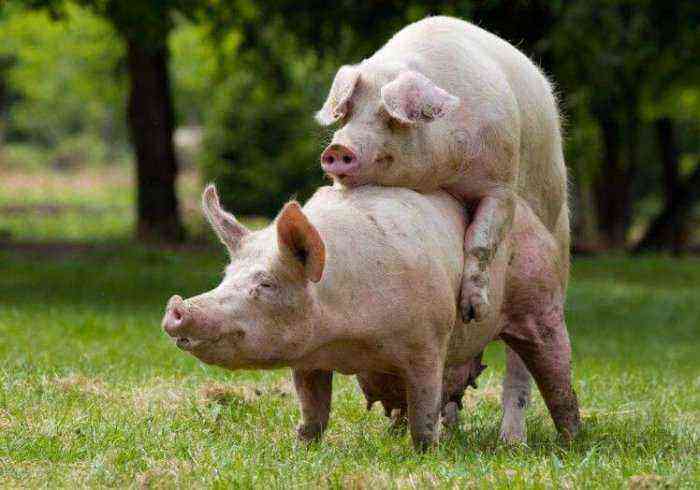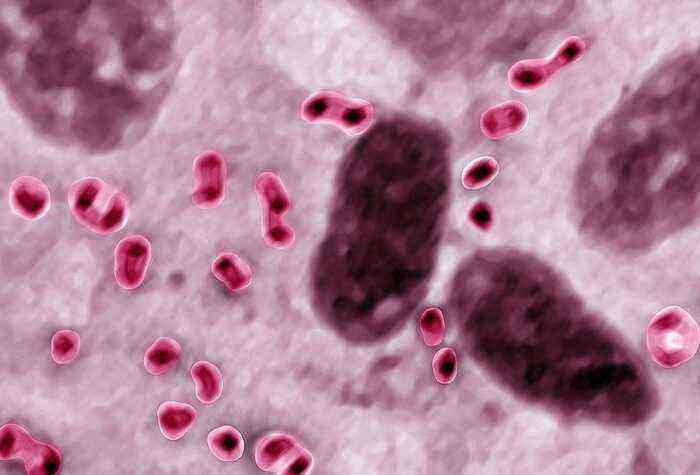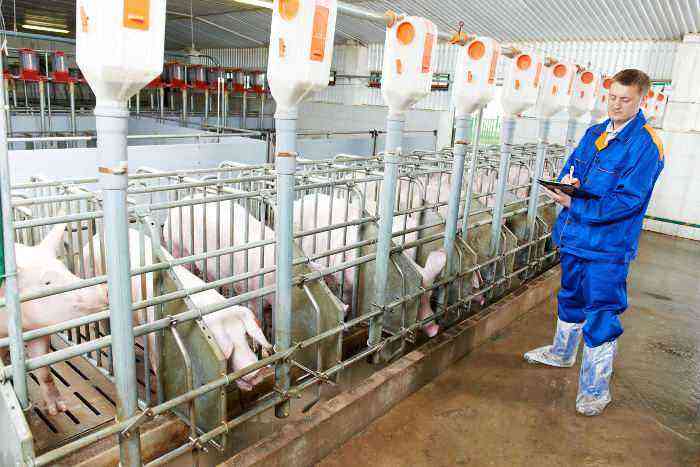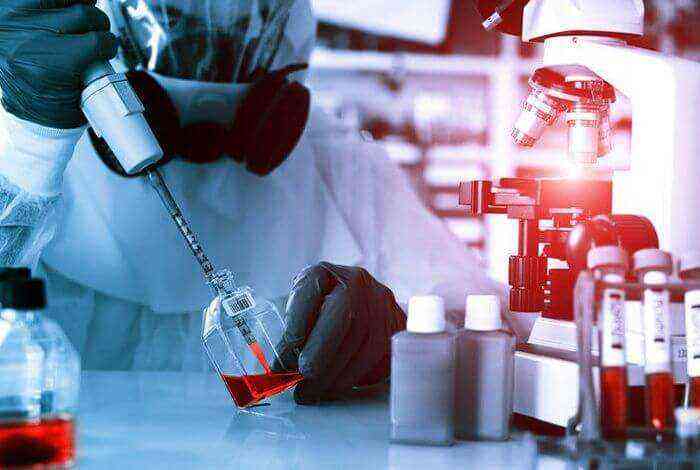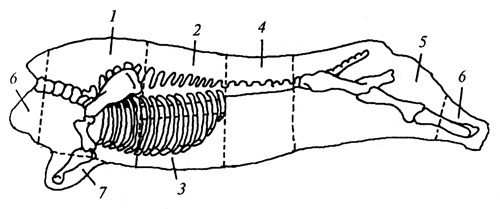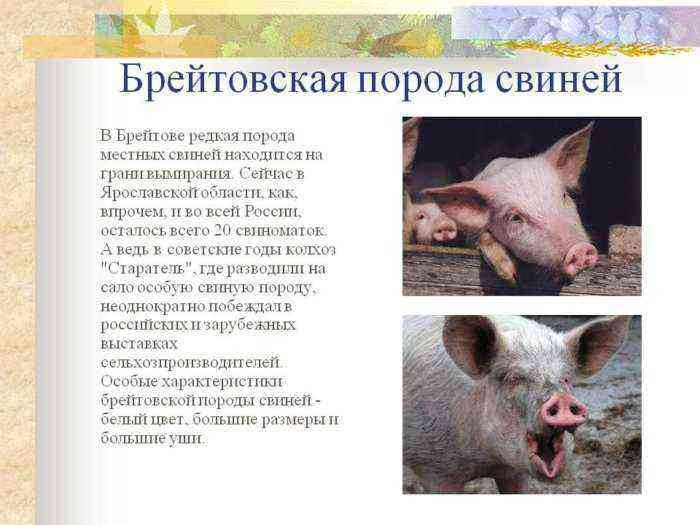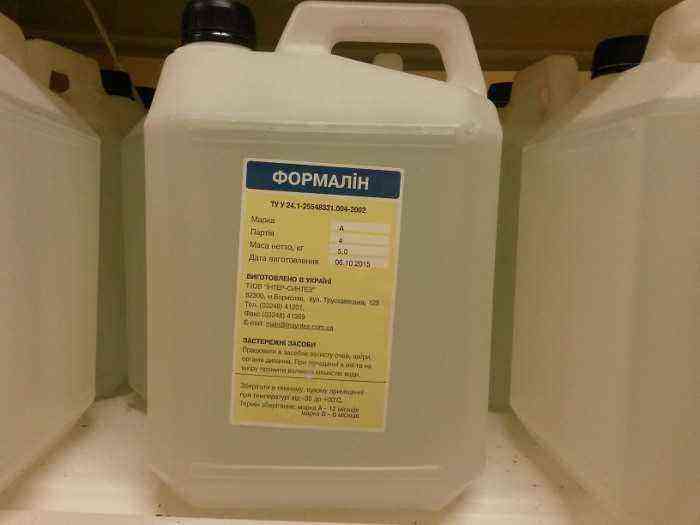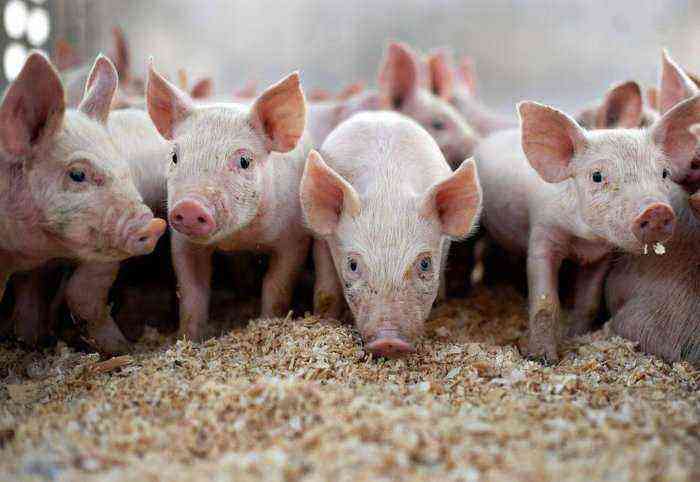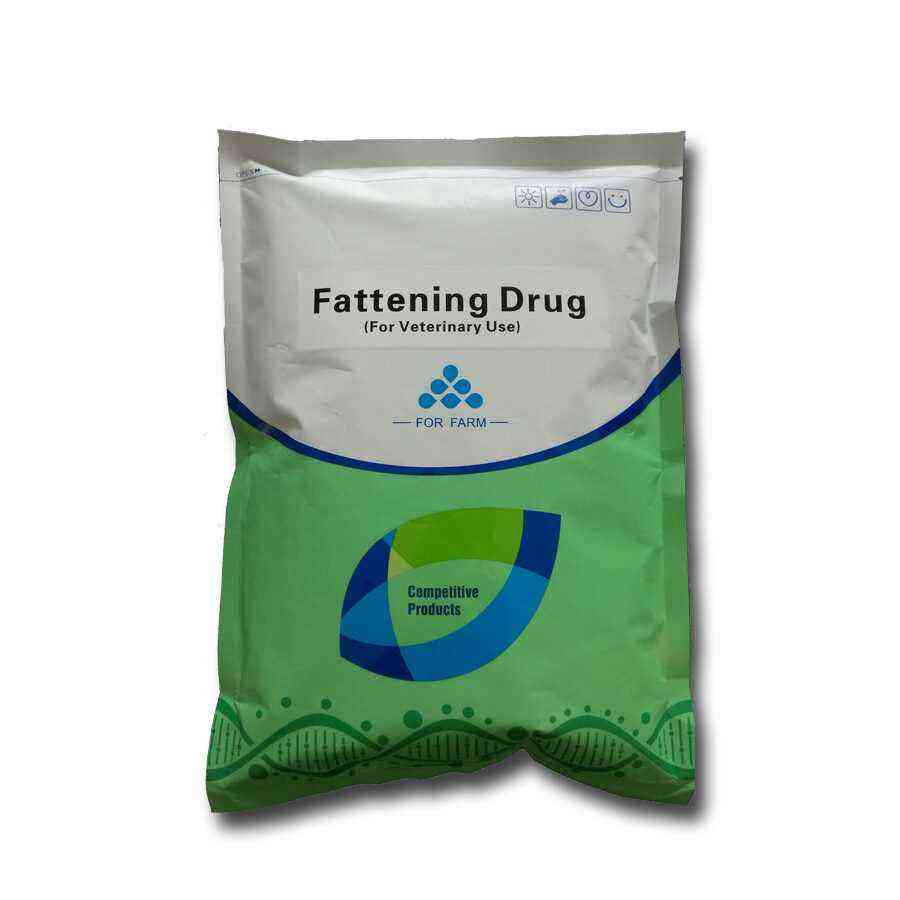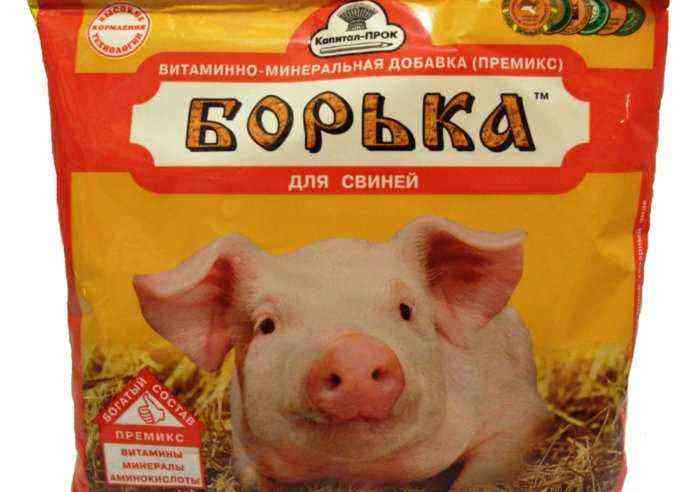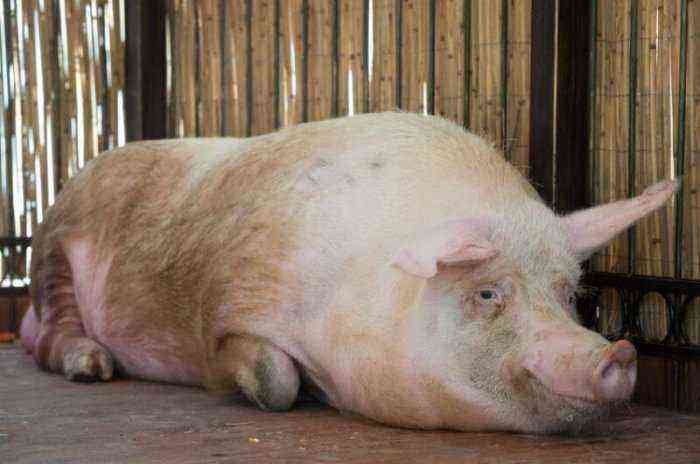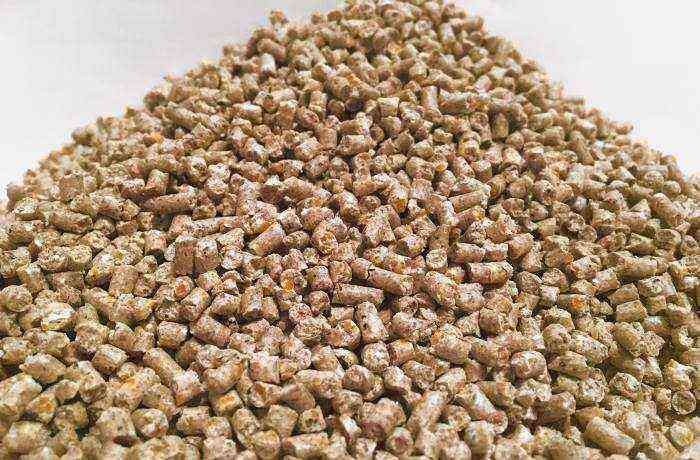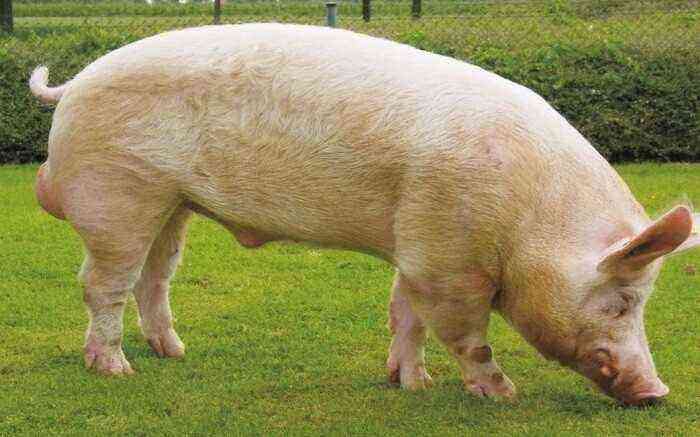Having decided to organize his own small farm, a novice farmer needs to decide which animal will be the most profitable. It would be most appropriate to start with breeding pigs. Their indisputable advantages are high fertility, rapid growth and increase in the required mass, a large percentage of meat and fat obtained, and high productivity. At one time, the female can bring up to fourteen piglets, and with proper and high-quality care, she is able to bring offspring twice a year.
Raising piglets at home
Conditions for keeping
When purchasing a pig, you should pay attention to several factors. Firstly, they look at the degree of its development, pedigree and health. Broad back, slightly elongated body, strong legs. When running, he does not wheeze and remains active for a long time, eats well, chews actively.
Raising a pig using a certain technology is quite simple. In advance, it is necessary to prepare a room in which there will be no drafts and dampness. The walls can be anything: brick, boards or adobe (clay and straw dried in the open air).
The roof can also be made of wood or concrete. Under the roof, a layer of sawdust and sand is poured to retain heat, especially during the winter months. The roof is laid out with slate or corrugated board.
The floor should be filled with concrete. If you take wooden boards, it is important not to miss a single gap or crack, otherwise they will get waste products of pigs (manure), which will begin to rot and rot.
Important! If there is already a barn on the site, then it can be re-qualified as a farm. However, the obligatory conditions are the footage of the building: more than two meters in height at the entrance, and one and a half meters in the back wall area.
It is desirable to have windows, but their total area should not exceed 20% of the total floor area. Too much light can provoke panic, excessive excitability and attacks of strong aggression in animals. Good ventilation is important so that the air does not stagnate. At the bottom of the wall, up to 4 supply channels are made, in the central part of the ceiling – one hood.

Good ventilation is essential
Taking into account how pigs will be kept with walking or without walking, the premises are being modernized. Whatever type is chosen, there is a pigsty standard for growing:
The main, main premises for keeping animals.
Aviary for walks with a mandatory canopy.
A special recess or pit for water procedures.
The aviary for walking should be protected from strong winds. Approximate area: a boar needs 10 square meters, a female about 7 square meters, young piglets only 1,5 square meters, and for weaned piglets, only 1 square meter.
In the pigsty itself, there is a separate place for feeding and a den. Approximate area: young piglets – 3 square meters; pregnant females – 4 square meters, and lactating – 6 square meters.
Feeding troughs can be both iron and simple, an ordinary trough. It is not necessary to fasten it to the floor, but it should contain no more than 2 buckets of feed in terms of volume. The space allotted for feeding should be clean and tidy.
The feeder itself should also be cleaned regularly, as there are often rodents that like to eat directly from there. Rats, as many know, are carriers of especially dangerous diseases. The drinking bowl should always be filled with clean and fresh drinking water.
A bedding of hay or leaves is laid on the floor. Depending on the degree of contamination, the flooring is removed along with waste products.
The most favorable temperature in the pigsty is + 18-20 degrees. Temperature plays a big role in the well-being of animals and the degree of absorption of food. Therefore, during cold weather, the barn is heated by additional devices, such as lamps.
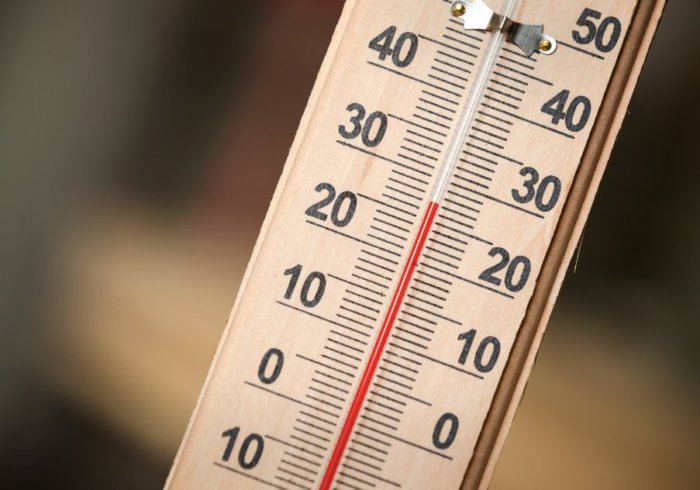
The optimum temperature in the pigsty is + 18-20 degrees
The cultivation technology has a specific goal – the accumulation and provision of protein. Feed should be given every day, at the same time of day. More than eight hours should elapse between meals.
Peculiarity! There should be just enough food so that the pigs do not leave anything. Under no circumstances should they be overfed.
At home, the choice of food is at the discretion of the farmer, however, the choice of food according to its characteristics and purposefulness will be more productive:
concentrated feed – this type includes cereals and food with a high protein content. Also, of course, the concentrates themselves and various root crops. Their main properties, providing building material (protein and amino acids) and high energy value;
feed is coarse or green. They are preserved (silo) or served with freshly picked herbs;
additional additives – mineral and biologically active substances.
In order for the animal to develop well and quickly in the daily diet, it is necessary to include the following feeds from wheat, oats, barley, rye, bran, corn, beets, grass meal, potatoes, fodder yeast, molasses and meat meal.
A prerequisite for the well-being of the pigsty, timely vaccination of animals. For this purpose, there is a standard list of vaccines, which is further adjusted by the veterinarian and the farmer.
In winter and spring, pigs may show signs of beriberi, lethargy, and poor appetite. Therefore, a course of vitamin injections is necessary. Before injecting, it is imperative to consult with a veterinarian and draw up a plan with his help.
Each piglet, regardless of its breed, goes through certain stages of development:
Birth and period of feeding by the female (mother). The duration of this period is 24 days (4 weeks). They count from the moment of birth until weaning from the mother. Frequent feeding, up to six times a day, in small portions;
Weaning from milk and mother. Last a week or a couple of days longer. Here, contact with the female occurs only at the time of feeding with milk, the rest of the time the piglet is kept separately;
The last, final period. Fattening of piglets and control of their growth and development.
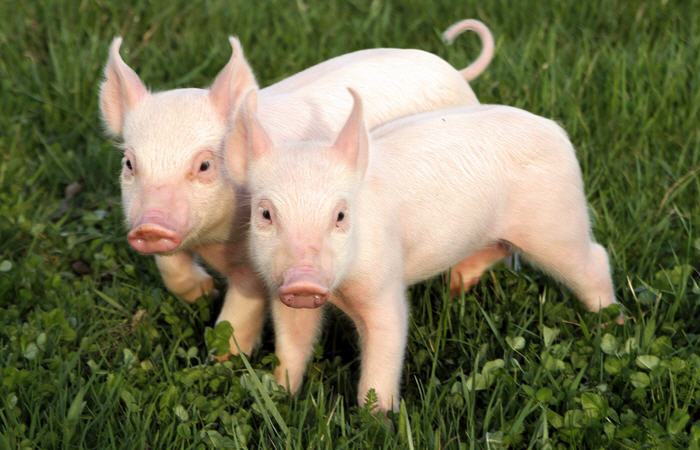
suckling pigs
For the so-called “milk piglets” they arrange a separate place for feeding, usually this is done in the machine. The required area is fenced with boards of 1,5 square meters. In winter, a plywood den with additional heating is built. The temperature should not drop less than + 15 degrees.
A newborn piglet weighs only 1% of the female’s body weight. He is not able to regulate his body temperature; protein digestion begins only by the second month of life.
Up to 25 days of age, babies feed exclusively on mother’s milk. On the third day, it is necessary to inject an injection of iron-containing drugs to prevent iron deficiency anemia. On the fourth day, mineral feed from chalk, bone meal or red clay is poured into the machine.
Concentrated feed can be introduced from ten days, and juicy from two to three weeks. With proper and balanced nutrition, live weight increases to about six times its original value.
Weakened and retarded piglets are separated from the rest in a separate warm pen. First, they are given milk with the addition of concentrates, after which they are gradually replaced with roughage.
Important! The most important period in the life of a baby is weaning from the mother, so at this moment it is necessary to arrange comfortable conditions as much as possible.
They begin to spend absenteeism from the age of one month, when it reaches about seventeen kilograms in live weight. The action takes up to four days. 1st day: contact with the female up to six times; 2nd day – four times; 3rd day – twice; 4th day – only once. After weaning after seven days, the diet is gradually increased.
There is a concept as “repair young”. These piglets are bred to replace “bad” individuals in the herd or to increase the population. During the lactation period, an initial selection is carried out.
At two months, piglets are selected that have reached eighteen kilograms, healthy, without lags in growth and development. They are systematically visually inspected and weighed. Then they are selected at four months, then at six and nine months, until the first mating.
Varieties of fattening pigs
Pigs are raised mainly for two purposes, meat, bacon or lard.
meat fattening
The most popular type. As a result, pigs give good, high-quality and juicy meat, with a 3-cm layer of fat. The demand for such meat is very high.

Meat with a layer of fat
Under conditions of home fattening, the process begins when it reaches twenty-five kilograms, about three months old. Ends at six or eight months of age. Live weight at this time reaches from eighty to one hundred and thirty kilograms.
Meat fattening is divided into two stages. First, up to a set of seventy kilograms, at this moment muscle mass is actively building up (the diet should contain foods enriched with protein). The second, after gaining the desired mass (adding crushed grains).
Per day: 5 grams of salt, 5-25 grams of chalk. All envy depends on the state of the individual.
Bacon feed
Bacon fattening is a type of meat. Adult pigs reach a live weight of 80-110 kilograms. However, the breed of animals must belong to bacon. In such pigs, mass is well accumulated, but a small amount of fat.
It is also divided into two stages. The first – up to 6 months, the average daily weight gain is about 400 grams. In the future, the daily diet is adjusted so that the average daily gain is already 600 grams.
Second, the menu becomes more thoughtful. Feeds that negatively affect the quality of the structure and taste of meat are removed from the diet (fish dust, soybeans, etc.).
There is a more expensive way of growing, but it is easier than the previous one. Therefore, many livestock breeders actively use it. In this case, dry and wet technology is used. Wet: Boiled cartel, fresh vegetables, kitchen scraps, and green herbs. Separately, grain, crushed in advance, is introduced.
Additives: pea flour, vitamins and minerals, cake. Dry, from grain mixtures. The main disadvantage of the dry type of technology is the high probability of constipation due to dry food. Therefore, constant access to fresh and clean water is important.
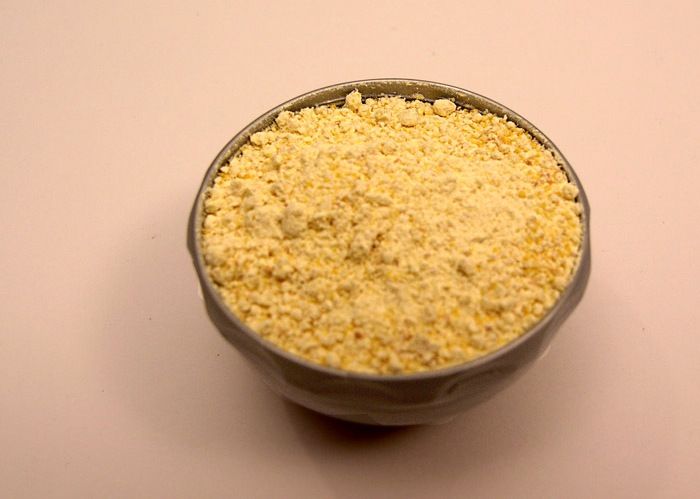
Pea flour
Piglets fattening
The optimal feeding scheme for growing piglets:
Fourth day. Boiled and chilled water, mineral supplements;
On the fifth day. Whole milk, lightly roasted grains;
One week. Various cereals and oatmeal jelly;
Tenth day. Bean rot, hay and carrots;
Two weeks. Fresh, juicy green grass;
Twentieth day. Any beet;
One month. Hay infusion.
Dry food is served in small troughs and is changed daily. Mineral top dressing with water should be placed out of the reach of the female. After the piglets get used to this feed, they are changed to kissel, porridge or milk, they should be fresh. Root crops are ground on a grater, after which they are simply finely chopped, and the potatoes are only boiled.
Important! The average daily weight gain for weaned piglets is about 400 grams.
The diet must necessarily contain flour from meat and fish, a mixture of vitamins and herbs. On the first day after weaning, piglets are fed three times a day, in the future, the rate is increased. Optimal diet: 70% – contains concentrates; 5% – animal feed; 5% – grass flour; 20% – succulent feed.
“Repair piglets” consumes different feeds. Diet: 60-85% concentrated feed; 10-25% – juicy. Protein food should be contained in 3-5% of the diet.
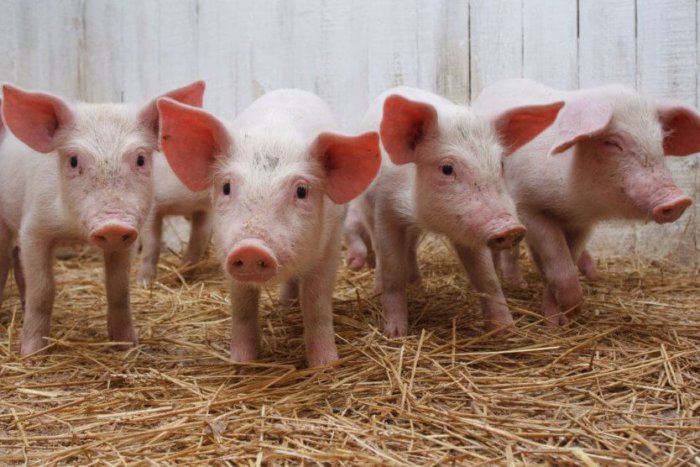
“Repair Pigs”
Growth stimulants and supplements
A budgetary and economical way of growing piglets, adding various dietary supplements and mixtures. Using them, you can achieve excellent taste of the resulting meat. Most often, the mixture is represented by a complex content of micro and macro elements, minerals and vitamins. They help improve digestion and digestibility of the food received.
Knowing how to raise piglets, you can easily bring your idea to life. The life and health of animals depends on proper care and selected balanced nutrition. It also affects the taste of the final product. Therefore, it is necessary to pay attention not only to obtaining theoretical knowledge in this matter, but also to translating them into reality.
